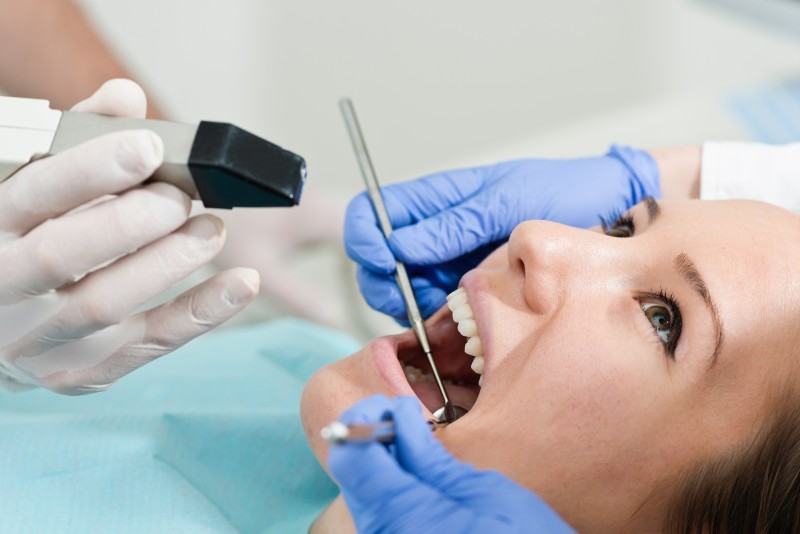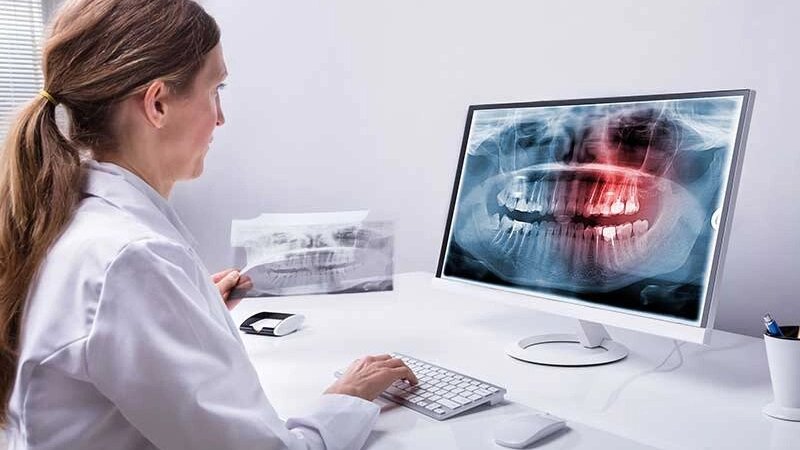The TMJ joint is located at the jaw hinge. This area has an extreme amount of pressure placed on it each day. In the course of a day, you are opening and closing your jaw countless times, with eating and speaking. This can begin to cause pain and swelling in the jaw joint, causing a myriad of symptoms that can range from mild to severe. It is important for you to fully understand the symptoms of TMJD so that you can be treated, preventing further damage and deterioration to your jaw joint.
The symptoms of TMJD
* Pain that radiates down the jaw
* Pain in the ear
* Popping sounds when the jaw is opened
* Stiffness in the jaw
* Numbness in the jaw area
* Headaches
* Pain in the neck
* Dislocation of the jaw joint
There are many different treatments for TMJD and your dentist can help you. Through TMJ Treatment, you can find the cause of your TMJD, whether it is a structural problem or is caused by the grinding of your teeth. While there is a surgical method that can help severe forms of TMJD, this should always be considered a last resort after all other forms of treatment have been tried.
The first form of treatment that your doctor will use is a form of teaching you how to relax your jaw muscles. When someone is having pain in the TMJ area, this normally is caused by a clenching of the jaw muscles. Most likely, you will not even notice that you are doing it. By learning to relax these muscles, you can often feel great relief from your pain.
If your pain is being caused by grinding of the teeth, the TMJ Treatment will involve you wearing a special appliance in your mouth when you sleep. This will prevent your teeth from grinding together so that it does not put undue pressure on your jaw joint.
With all of these forms of treatment, your doctor will work with you until a solution can be found. In some cases, surgery is required to repair the joint. It is important to speak with your doctor if you have any of the symptoms of TMJD.



